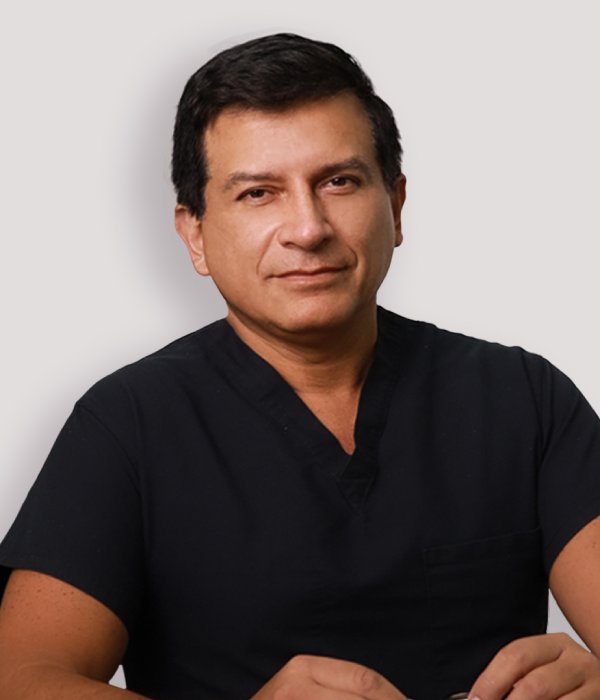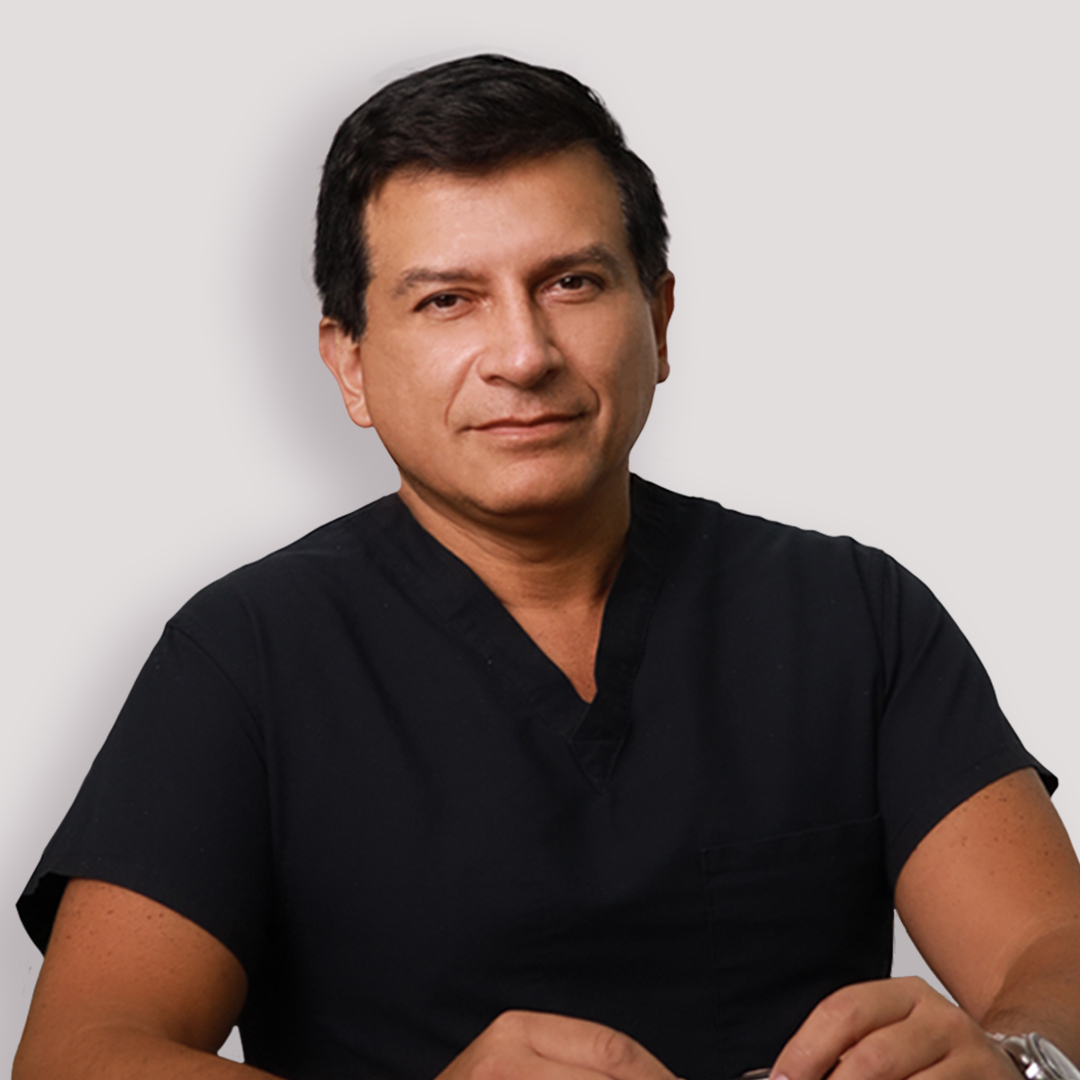Otoplasty miami
- Updated on: June 21, 2023
Discover a new level of confidence and aesthetic harmony with our exceptional otoplasty services in the vibrant city of Miami. Our skilled team of experienced surgeons specializes in ear reshaping procedures, commonly known as otoplasty, which can transform the appearance of protruding or misshapen ears. With our state-of-the-art facilities and unwavering commitment to patient satisfaction, we strive to exceed your expectations. Embrace the beauty of Miami and unlock the potential of your natural beauty with our unparalleled otoplasty services.
Exclusive Liposuction Offer
Get $300 Off
LIMITED-TIME SPECIAL OFFER
Otoplasty Before and After Photos
Witness the remarkable transformations achieved through otoplasty as you explore captivating before and after photos. Our skilled surgeons in Miami specialize in creating natural-looking and harmonious ear contours, offering life-changing results for individuals seeking to address protruding or misshapen ears. Take inspiration from these visual testimonials and schedule a consultation to embark on your own transformative journey.
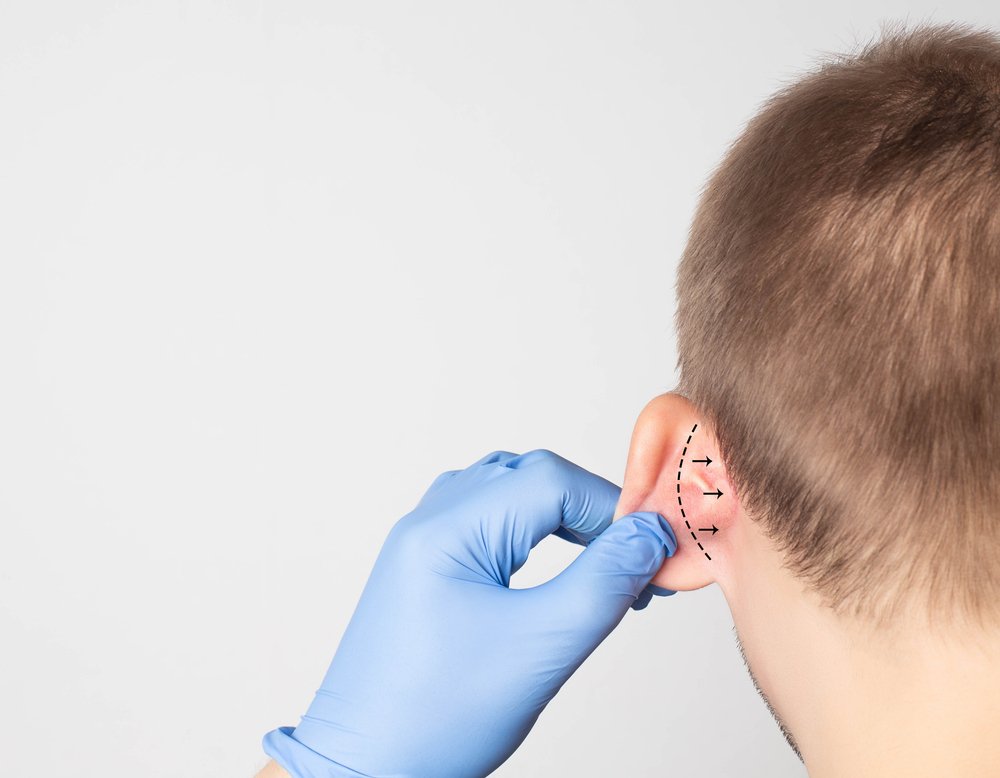
What Is Otoplasty ?
Otoplasty, also known as ear reshaping surgery, is a cosmetic procedure designed to improve the appearance of the ears. It is commonly performed to correct protruding or misshapen ears, bringing them into better proportion with the rest of the face. Otoplasty can involve reshaping the cartilage, repositioning the ears closer to the head, or reducing the size of overly large ears.
The goal of otoplasty is to enhance the overall facial aesthetics and boost the patient’s self-confidence. This procedure is typically performed by skilled plastic surgeons with expertise in ear surgery techniques.
Exploring the Different Areas of Otoplasty for Prominent Ear Correction
Otoplasty, a specialized surgical procedure, offers a comprehensive solution for individuals seeking to correct prominent ears and achieve enhanced facial harmony. Let’s delve into the various areas of otoplasty that address specific concerns related to prominent ear correction:
Ear Positioning: Otoplasty focuses on repositioning the ears closer to the head, creating a more balanced and aesthetically pleasing appearance. Through skillful techniques, the surgeon adjusts the underlying cartilage and reshapes the ear to achieve the desired positioning.
Ear Projection: Prominent ears often exhibit excessive projection from the side of the head. Otoplasty involves reshaping the cartilage to reduce the ear’s protrusion, bringing it into better alignment with the natural contours of the face.
Ear Folding: In some cases, prominent ears may lack the natural folds and creases that contribute to a more desirable appearance. Otoplasty addresses this concern by creating or enhancing these folds, resulting in a more natural and harmonious ear shape.
Ear Size: Otoplasty can also address concerns related to the size of the ears. If the ears are disproportionately large, the surgeon can carefully sculpt the cartilage and remove excess tissue to achieve a more proportionate and balanced ear size.
Each area of otoplasty is tailored to the unique needs and goals of the individual. A thorough consultation with a skilled otoplasty surgeon is essential to determine the specific areas to be addressed and to develop a personalized treatment plan. With their expertise and attention to detail, the surgeon will guide you through the process, ensuring that your expectations are met and that the outcome reflects a natural-looking correction of your prominent ears.
Preparing for Otoplasty: Essential Steps to Optimize Your Ear Correction Journey!
Congratulations on taking the first step towards transforming your ears through otoplasty! Proper preparation is key to ensuring a successful and satisfying outcome. Here are some essential steps to optimize your ear correction journey:
Consultation and Communication: Schedule a consultation with a skilled otoplasty surgeon to discuss your goals, expectations, and concerns. This is an opportunity to ask questions, understand the procedure in detail, and establish open communication with your surgeon.
Medical Evaluation: Your surgeon will conduct a thorough medical evaluation to assess your overall health and suitability for the procedure. Be prepared to provide your complete medical history, including any medications, allergies, or previous surgeries.
Clear Expectations: Understand the realistic outcomes and limitations of otoplasty. Your surgeon will explain what can be achieved based on your specific ear anatomy and discuss any potential risks or complications involved.
Follow Preoperative Instructions: Your surgeon will provide specific preoperative instructions tailored to your needs. These may include guidelines for medications, smoking cessation, and avoiding certain foods or supplements that could interfere with the surgery or recovery process.
Arrange Transportation and Support: As otoplasty is typically performed under anesthesia, arrange for someone to drive you to and from the surgical facility. Additionally, having a supportive caregiver during the initial recovery period can greatly ease your comfort and assist with daily activities.
Prepare Your Recovery Space: Create a comfortable and conducive environment for your recovery. Stock up on necessary supplies such as prescribed medications, clean dressings, and soft foods. Keep pillows and extra bedding handy to ensure proper head elevation during sleep.
Follow Postoperative Instructions: Carefully adhere to the postoperative instructions provided by your surgeon. This may include guidelines for wound care, pain management, activity restrictions, and follow-up appointments. Following these instructions is crucial for a smooth and successful recovery.
Remember, proper preparation and diligent adherence to pre- and postoperative instructions are vital for optimizing your ear correction journey. Trust in the expertise of your surgeon and maintain open communication throughout the process.
What Is the Cost of Otoplasty in Miami
The cost of otoplasty in Miami ranges from $3,000 to $8,000, can vary depending on several factors, including the complexity of the procedure, the surgeon’s experience and reputation, the geographic location, and the specific clinic or facility where the surgery is performed.
It is important to note that this is an estimate and the actual cost may differ based on individual circumstances. During a consultation with a qualified otoplasty surgeon in Miami, you will receive a personalized assessment of your needs and a detailed breakdown of the costs involved, including surgical fees, anesthesia, facility charges, and any additional expenses.
Otoplasty Treatment Areas and Costs in Miami
Otoplasty primarily focuses on correcting the appearance of the ears, addressing concerns such as protrusion, size, shape, or asymmetry. The specific treatment areas and associated costs can vary depending on individual needs and goals. In Miami, the cost breakdown for otoplasty typically includes:
Protruding Ear Correction: Otoplasty to correct protruding ears involves repositioning the ears closer to the head. The cost for this procedure can range from $3,000 to $6,000.
Ear Size Reduction: If the ears are disproportionately large, otoplasty can be performed to reduce their size. The cost for ear size reduction typically ranges from $3,500 to $7,000.
Ear Reshaping or Reconstruction: Otoplasty can also address issues like misshapen or asymmetrical ears through reshaping or reconstruction techniques. The cost for ear reshaping or reconstruction varies based on the complexity of the procedure and individual requirements, ranging from $4,000 to $8,000.
It’s important to note that these cost ranges are approximate and can vary depending on factors such as the surgeon’s expertise, the extent of the procedure, facility fees, anesthesia charges, and any additional treatments or services included.
Is Otoplasty Covered by Insurance?
In most cases, otoplasty is considered a cosmetic procedure and is not covered by insurance. However, there are instances where insurance may provide coverage if the surgery is deemed medically necessary due to functional impairments or congenital deformities. It is essential to review your insurance policy and consult with your provider to understand the specific coverage criteria and potential reimbursement options for otoplasty. Discussing the financial aspect with your otoplasty surgeon can also help explore alternative payment options and make an informed decision about pursuing the procedure.
Financing
There are many financing options available for you to help cover the costs of your cosmetic procedure.
$3000

0% Interest
0% Interest if Paid in Full within 6, or 12 months. Up to $25,000

0% Interest
Interest free financing options (on approved credit and provider participation). No prepayment penalty. Up to $25,000

0% Interest
No-interest plans (6,12,18,24 months) Minimum payment required.
Otoplasty Recovery: Tips and Expectations
After undergoing otoplasty, it’s important to follow proper post-operative care to ensure a smooth recovery and optimize your results. Here are some tips and expectations to keep in mind:
Follow Your Surgeon’s Instructions: Adhere to all post-operative instructions provided by your otoplasty surgeon. This may include guidelines for wound care, medication usage, and activity restrictions. Following these instructions diligently will promote proper healing.
Manage Discomfort: It is common to experience some discomfort, swelling, and bruising following otoplasty. Your surgeon may prescribe pain medication or recommend over-the-counter pain relievers to manage any discomfort during the initial recovery period.
Protect Your Ears: It’s important to protect your ears during the recovery phase. Your surgeon may advise wearing a headband or bandage around the ears to support the healing process and prevent accidental trauma.
Expect Swelling and Bruising: Swelling and bruising around the ears are common after otoplasty and will gradually subside over time. Applying cold compresses as instructed by your surgeon can help reduce swelling.
Take Time Off and Rest: Plan for some time off work or school to allow for proper rest and recovery. Avoid strenuous activities, heavy lifting, or contact sports that may put strain on the ears during the initial healing phase.
Follow a Healthy Diet: Eating a nutritious diet can aid in the healing process. Consume foods rich in vitamins, minerals, and protein to support tissue repair and overall recovery.
Attend Follow-Up Appointments: Attend all scheduled follow-up appointments with your surgeon. These visits allow your surgeon to monitor your progress, remove any stitches if necessary, and address any concerns or questions you may have.
Remember, every individual’s recovery experience may vary, and it is important to be patient with the healing process. It may take several weeks for swelling and bruising to subside, and several months for the final results to fully manifest.
When See the Otoplasty Results?
Typically, you can see immediate improvements after otoplasty, with significant reduction in swelling within 2-4 weeks. The final results will emerge over 3-12 months as tissues heal and settle. Patience is key to fully appreciate the transformed appearance of your ears
Who Is an Ideal Candidate for Otoplasty?
Otoplasty, or ear reshaping surgery, can be a transformative procedure for individuals who are unhappy with the appearance of their ears. While each case is unique, there are certain factors that make someone an ideal candidate for otoplasty:
Protruding or Prominent Ears: Candidates often have ears that protrude excessively from the head or have a noticeable asymmetry. Otoplasty can correct these concerns by repositioning and reshaping the ears to achieve a more balanced and harmonious appearance.
Age and Ear Development: Otoplasty is commonly performed on children aged five or older, as their ear cartilage is more stable and developed by this time. However, adults who have lived with self-consciousness about their ears for years can also benefit from otoplasty.
Good General Health: Ideal candidates for otoplasty are generally in good overall health, which helps ensure a smooth recovery process. A thorough medical evaluation will be conducted to assess any potential risks or contraindications.
Realistic Expectations: Candidates should have realistic expectations about the outcome of the surgery. While otoplasty can create significant improvements, it’s important to understand that perfection or absolute symmetry may not be attainable. The goal is to achieve a natural-looking result that enhances facial harmony.
Psychological Readiness: Candidates should have a positive mindset and a genuine desire to undergo otoplasty for personal reasons, rather than external pressures or influences. A strong motivation and understanding of the potential benefits can contribute to a successful surgical journey.
Consultation with a qualified otoplasty surgeon is crucial to determine candidacy for the procedure. During the consultation, the surgeon will evaluate the individual’s unique concerns, discuss their goals, and determine if otoplasty is the appropriate solution.
A Step-by-Step Guide to Otoplasty Procedure
Learn about the sequential process of otoplasty, from the initial consultation and evaluation to the careful reshaping of ear cartilage, resulting in a transformed and harmonious ear contour. Follow postoperative care instructions for a successful recovery.
- Step 1: Consultation and Evaluation – Your otoplasty journey begins with a consultation with a skilled otoplasty surgeon. During this initial meeting, you will discuss your concerns, goals, and expectations. The surgeon will evaluate your ears, assess your candidacy for otoplasty, and explain the procedure in detail.
- Step 2: Anesthesia Administration – On the day of the surgery, you will be given anesthesia to ensure your comfort throughout the procedure. The type of anesthesia used (local or general) will be determined based on your specific needs and the surgeon’s recommendation.
- Step 3: Incision Placement – The surgeon will carefully make discreet incisions, typically placed behind the ear where the natural creases can hide any potential scarring. This allows for optimal access to reshape the ear cartilage.
- Step 4: Cartilage Reshaping – Through the incisions, the surgeon will sculpt and reshape the underlying ear cartilage to achieve the desired aesthetic outcome. Techniques may include suturing, folding, or removing cartilage to create a more balanced and natural ear contour.
- Step 5: Ear Positioning – If necessary, the surgeon will adjust the positioning of the ears by suturing them closer to the head. This helps achieve a more proportionate and harmonious appearance.
- Step 6: Incision Closure – Once the cartilage has been reshaped and the ear position refined, the incisions are meticulously closed with sutures. The surgeon takes great care to ensure proper wound healing and minimal scarring.
- Step 7: Postoperative Care – After the procedure, you will be provided with postoperative care instructions. This includes guidance on wound care, pain management, and wearing a protective bandage or dressing around the ears to support the healing process.
- Step 8: Follow-up Appointments – It is crucial to attend follow-up appointments with your surgeon to monitor your progress, remove any sutures if necessary, and address any concerns or questions you may have during the recovery period.
Remember, every individual’s otoplasty journey is unique, and following your surgeon’s instructions is essential for a smooth and successful recovery.
What Are the Pros and Cons of the Procedure Otoplasty?
Before undergoing otoplasty, it’s important to consider the potential benefits and considerations of the procedure. Here is a breakdown of the pros and cons to help you make an informed decision:
Pros:
- Enhanced Appearance: Otoplasty can significantly improve the appearance of protruding or misshapen ears, boosting self-confidence and improving facial harmony.
- Permanent Results: The results of otoplasty are typically long-lasting, providing a lifelong improvement in the shape and position of the ears.
- Customized Approach: Otoplasty can be tailored to each individual, allowing for personalized correction of specific ear concerns and achieving natural-looking outcomes.
- Psychological Impact: Reshaping the ears through otoplasty can have a positive impact on self-esteem, body image, and overall quality of life, particularly for individuals who have been self-conscious about their ears.
Cons:
- Potential Risks: As with any surgical procedure, there are inherent risks associated with otoplasty, including infection, bleeding, scarring, and adverse reactions to anesthesia.
- Temporary Discomfort: Following otoplasty, patients may experience temporary discomfort, swelling, bruising, and sensitivity in the ears. However, these side effects typically subside during the recovery period.
- Cost Considerations: Otoplasty is often considered a cosmetic procedure and may not be covered by insurance, making it important to consider the financial implications.
- Realistic Expectations: It is crucial to have realistic expectations about the outcomes of otoplasty. While the procedure can yield significant improvements, absolute perfection or absolute symmetry may not be achievable.
By carefully weighing these pros and cons, consulting with a qualified otoplasty surgeon, and understanding your personal goals, you can make an informed decision about otoplasty and embark on a transformative journey towards achieving the ear appearance you desire.
What to do Next?
It is highly recommended that you book a consultation with before making any final decisions regarding otoplasty. Our trained and experienced professionals are here to advise you regarding this procedure, tailored specifically to your case. During the consultation, our team will examine you and determine if you are a suitable candidate for otoplasty. We will provide you with all the necessary details about potential risks and the recovery process. Contact Moon Plastic Surgery today to schedule an appointment and put all of your worries to an end.
@moonaesthetics_
29K Followers
Frequently asked questions
What is otoplasty?
Otoplasty is a surgical procedure aimed at reshaping and repositioning the ears to improve their appearance.
Is otoplasty a painful procedure?
Otoplasty is performed under anesthesia, so patients typically experience minimal discomfort during the procedure. Post-operative pain can be managed with prescribed pain medication.
What is the ideal age for otoplasty?
Otoplasty can be performed on individuals aged five and older. Children should have fully developed ear cartilage before undergoing the procedure.
How long does otoplasty surgery take?
he duration of otoplasty surgery varies depending on the complexity of the case, but it typically takes around 1 to 2 hours.
Are there any risks or complications associated with otoplasty?
As with any surgical procedure, there are risks involved, including infection, bleeding, scarring, and asymmetry. However, these complications are rare when performed by a skilled surgeon.
Will there be visible scarring after otoplasty?
The cost of J-Plasma for arms varies depending on several factors, including the geographic location, the surgeon’s experience and expertise, and the individual patient’s needs. In Miami, the cost of J-Plasma for arms typically ranges from approximately $3,500 to $6,000. It’s important to note that the cost of the procedure may also include additional fees, such as facility fees, anesthesia fees, and post-operative care costs. Consult with a qualified plastic surgeon to receive a personalized cost estimate based on your specific goals and treatment plan.
How long is the recovery period after otoplasty?
The initial recovery period typically lasts around 1 to 2 weeks. Patients are advised to avoid activities that could potentially impact the ears for a few weeks.
Can otoplasty fix asymmetrical ears?
Yes, otoplasty can address asymmetrical ears by reshaping the cartilage and repositioning the ears to create a more balanced appearance.
Will the results of otoplasty be permanent?
Yes, the results of otoplasty are generally permanent. Once the ears have healed, the new shape and position are expected to remain stable.
Can I wear glasses or earrings after otoplasty?
It is recommended to avoid wearing glasses or earrings during the initial healing phase to prevent pressure or strain on the ears. Your surgeon will provide specific instructions regarding when it is safe to resume wearing them.

Dr Fernando J Lora MD

Tumescent Liposuction Recovery: What to Expect and How to Care for Your Results
Tumescent liposuction is one of the most commonly performed liposuction procedures, with many benefits to it. Still, before you decide to undergo this surgery, you

Tumescent Liposuction Scars: What to Expect
Tumescent liposuction is a popular and effective procedure for removing excess fat from specific areas of the body. One of the main benefits of tumescent

Arm Lift Cost in the US: What You Need to Know
The cost of an arm lift in the United States can vary widely depending on a number of factors, including the surgeon’s experience and reputation,

Coolsculpting vs. Laser Liposuction
Laser Liposuction and CoolSculpting are the most popular procedures for fat removal. So, what is CoolSculpting? What is laser liposuction? What are the primary differences
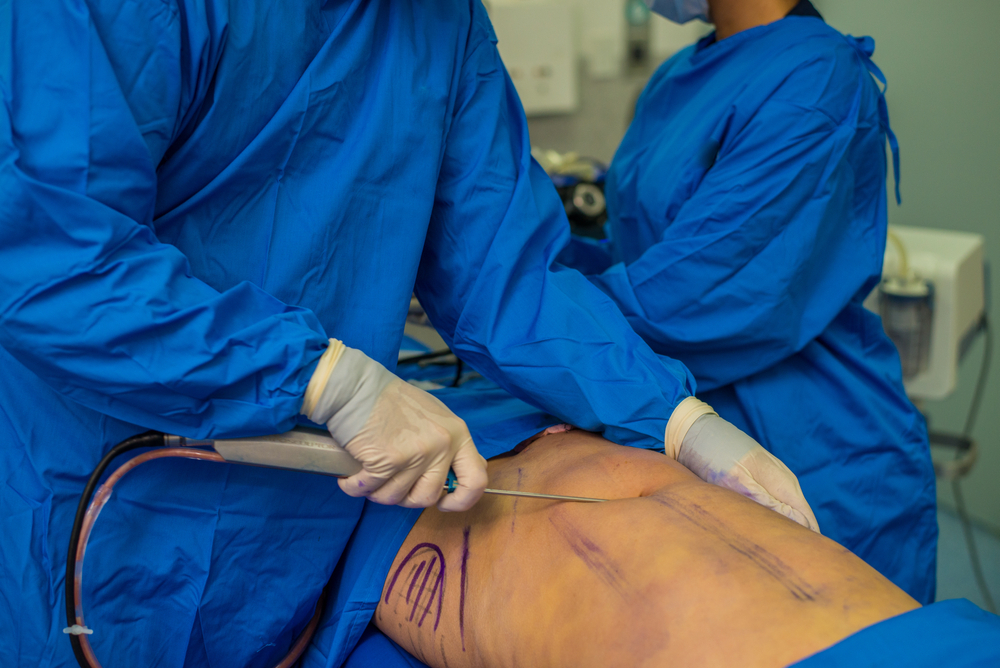
Liposuction vs. Smart lipo
Cosmetic surgeries have become popular in recent years, allowing people to improve their physical appearance. You can undergo invasive, less invasive, and non-invasive cosmetic procedures
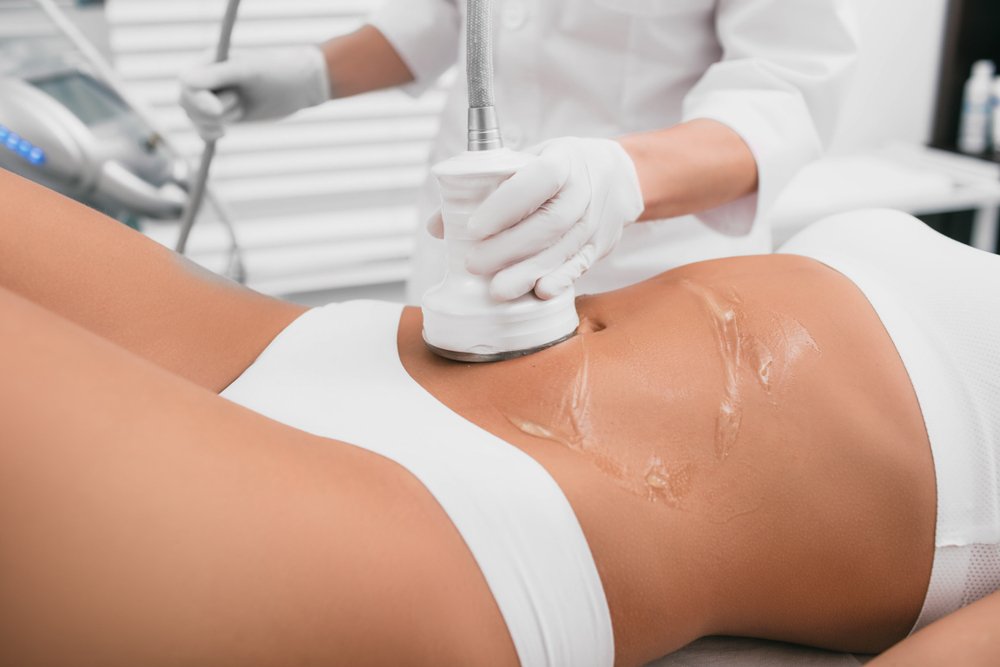
What is Micro Laser Liposuction?
Liposuction is a popular cosmetic procedure for people who can’t lose with a balanced diet and regular exercise. Liposuction permanently removes fatty tissues and improves
Contact Us
Getting in touch with us is easy. Leave us your information and we will contact you as soon as possible. You can call us with any questions or inquiries

